Interactive presentations, conversational presenting, guided selling – they all basically mean the same thing but what does it actually involve, why is it so effective and how can sales enablement tools help?
Linear presentations may be the norm, and what you’re used to. You may even be resigned to going over your static, content-heavy slides from start-to-finish, skipping over unnecessary slides, without ever taking a step back and wondering why it has to be this way.
Well, rather than sticking with the same old linear presentations, conversational presenting is fast-becoming recognised as the most effective way to present. And what’s more, it doesn’t have to be complicated. In fact, anyone can do it, if they’ve got the right tools.
As an interactive sales platform, we’ve seen our fair share of presentations that are old, linear and even introduced to us as “crap, but it’s all we’ve got” which is why we’re going to tell you there’s another form of B2B presenting – backed up by the fact that:
“91% of B2B buyers prefer to consume interactive and visual content over static content.“
DemandGen Report
What conversational presenting is NOT
We know what this may sound like, so let’s make this clear from the very beginning. Conversational presenting is NOT about someone’s personal presentation style, and how chatty or personable they are when presenting to an audience.
In fact, you may be delivering your presentation in your usual charming, witty and confident manner that shows you know every slide like the back of your hand, and you know how to guide people smoothly through it from start to finish.
After all, it’s what’s worked in the past, and it’s still working now… right?
Unfortunately, that’s not always the case with B2B presenting, and despite their best efforts, not everyone even realises their presentation is the very thing that’s letting them down (and no, it’s not personal).
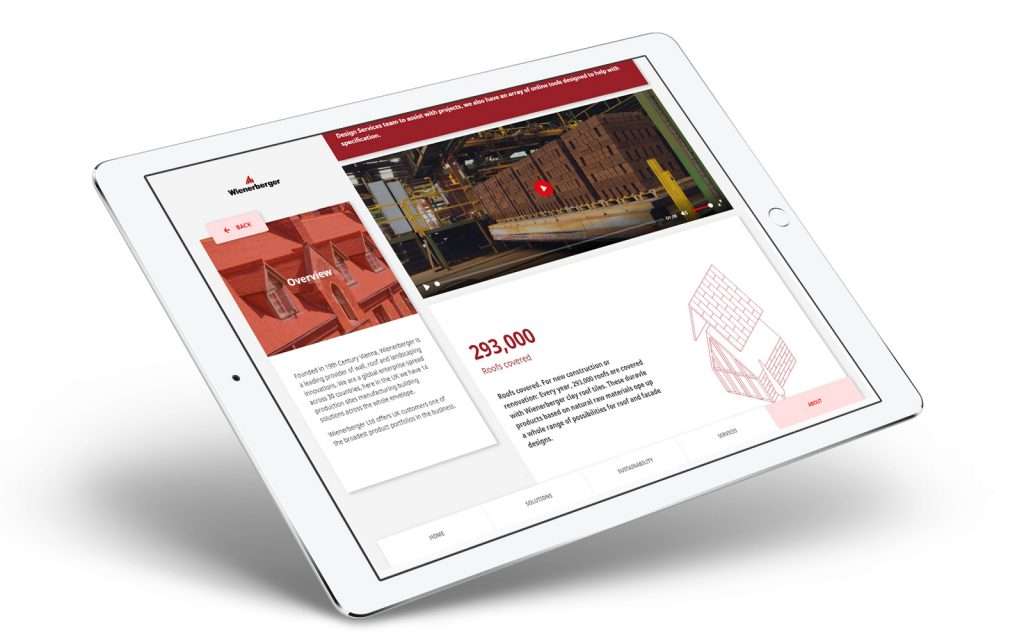
An analogy we often use is between an audiobook and a film of the same story. Audiobooks are fantastic and can convey all the human emotions and let you conjure pictures in your mind. But the pictures are unique to the person listening, you have little control over how the story is interpreted in their mind which probably isn’t an issue with an audiobook.
With film, the director adds visuals to that story so we all share the same experience and he has greater control over our understanding and interpretation. A presentation is the same, the speaker’s spoken words are the audio story but what you don’t want is for people to start creating their own version of the story in their head – they are likely to miss something or misinterpret the message. So the visuals in the presentation help to solidify the story, bringing it to life for the audience in the way that you, as a presenter, need them to interpret that information.
Don’t leave anything to chance.
Gotcha… so what exactly is conversational presenting?
Conversational B2B presenting means taking a different approach to the same old linear, static slides. It’s about creating a conversation – a two-way dialogue – that clearly has your customer at its heart and gives them the freedom to explore the conversation in the most relevant direction for them.
But, this doesn’t mean handing over control, far from it, with a well thought out interactive presentation or sales enablement tool (which is key to conversational presenting) you have the ability to steer the conversation in order to extract valuable insights, while ensuring that the customer receives precisely what they require.
The way you can achieve this is by changing the format of your presentation so that it’s interactive and lets you only present the information your customers want to hear about – and in the order they need to hear it in. No longer will you need to skip through slides or delay with phrases like, “I’ll address that shortly.” Another crucial aspect is incorporating leading questions into the interactive presentation, which encourages them to discuss particular areas where they face challenges or that pique their interest the most.
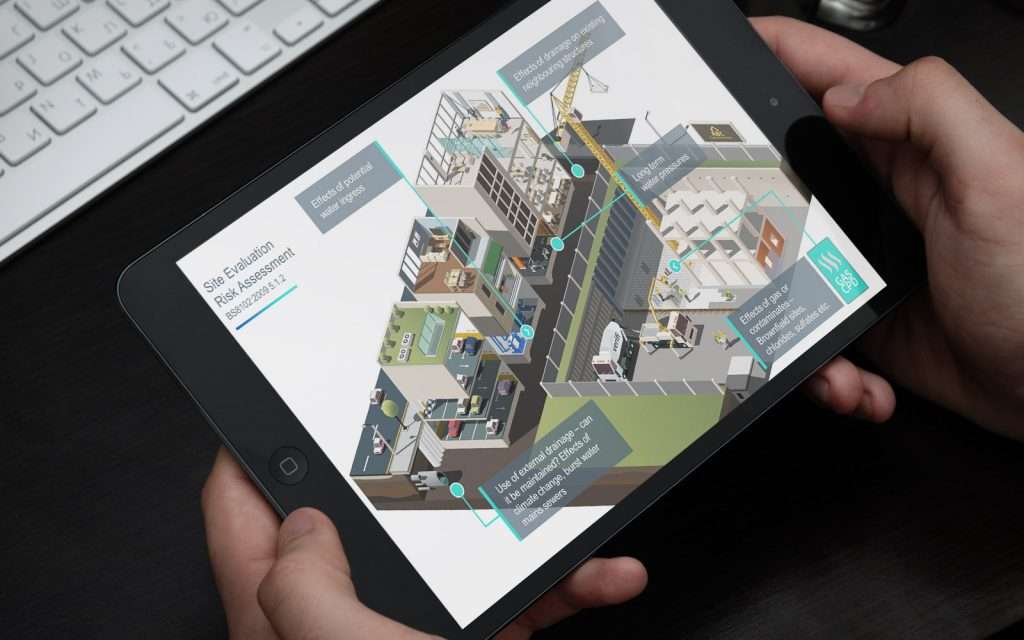
Why does it work so well?
We’ve said it before and we’ll say it again; gone are the days when people want to be dictated to, sitting through a one-way dialogue that only engages them in a conversation briefly at the beginning, and again at the end of a meeting. Your presentation shouldn’t feel like a college lecture.
So if you want to get it right here are a few things to keep in mind
- Conversational presenting is less about your style and more about the presentation which is there to support you, it’s not a script
- You need to use visual storytelling tactics in the presentation to anchor ideas in your audience’s mind, making it easier for them to visualise your business and to act as a talking point
- Your presentation should really be interactive so you can jump and move around depending on the conversation and lets you give a more personalised experience
- Personalisation is critical – your presentation can’t come across as generic it must feel to your audience that it has been developed solely with them in mind
- Remember, the main reason that sales fall through is an inability to articulate unique value (research from SiriusDecisions) so this must be foremost in your presentations
- Despite being interactive, your presentation or argument has to have a logical flow and a very clear call to action. The call to action is critical, after all, a presentation is all about getting someone to do something – you need to be clear what that something is and build an argument that persuades them to do that something. If you don’t do anything else please do this.
Below is a video of an interactive presentation we developed for our customer, Isotrak. In it, we detail some of the nuances we included to meet the points listed above.
Tip: For the next step, take a look at why conversational presenting and interactive touchscreens go hand-in-hand.
Are we speaking the same language?
We hope this blog has given you a better idea of what conversational presenting is and why it’s so effective for B2B sales. It’s about starting a two-way dialogue that’s beneficial to both parties.
An interactive presentation or sales enablement tool is a great way to achieve this. If you want to know more about what’s possible with an interactive sales presentation, and to discover the benefits of a interactive experiences platform like POP, please get in touch today on +44 (0)117 329 1712 or hello@popcomms.com. We’d love to hear from you. We read and reply to every message we receive. Discover first-hand how POP can revolutionize your sales conversations.
Related Posts
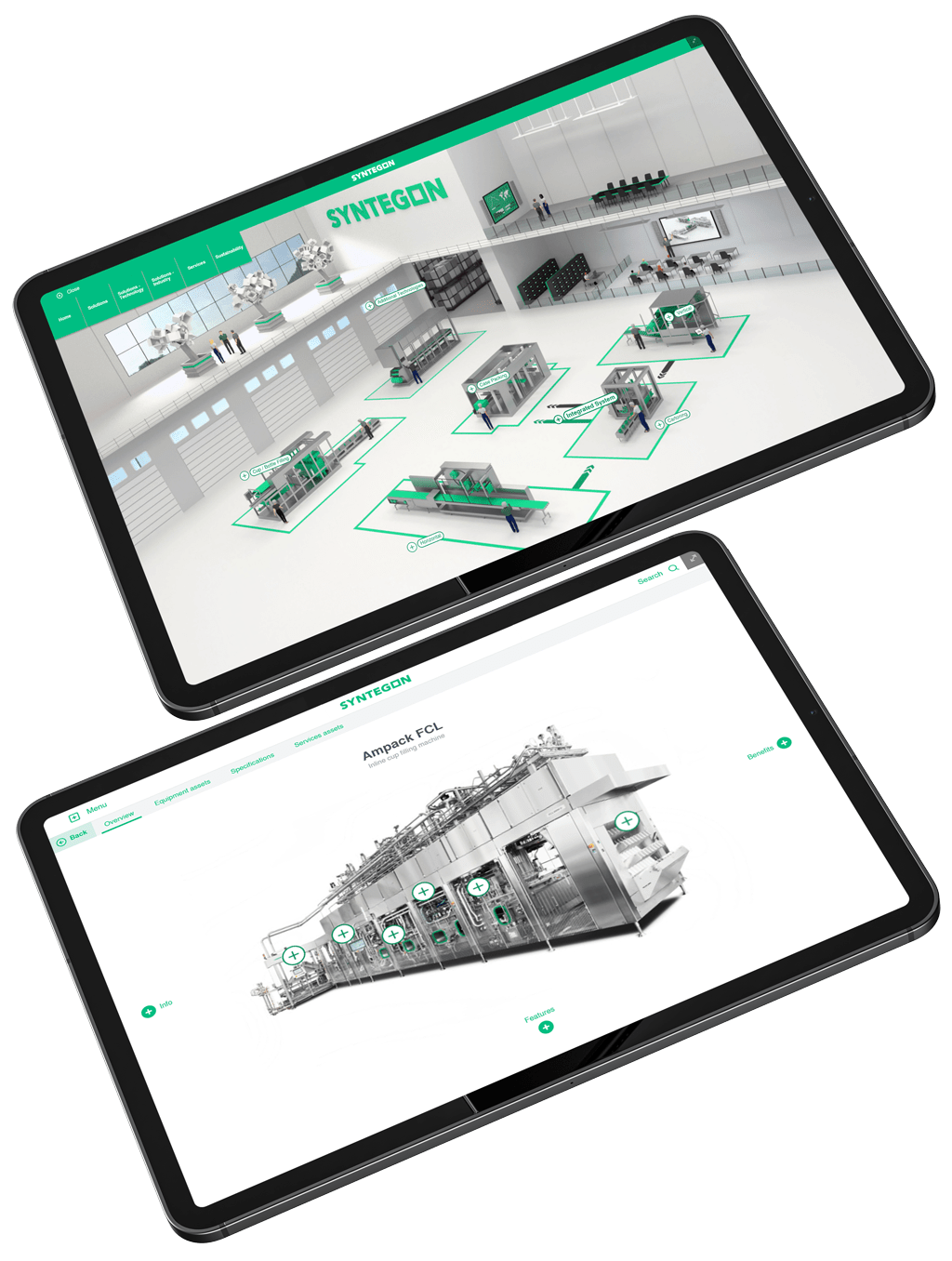
6 Signs You Should Invest in B2B Sales Enablement for Your Team
Read
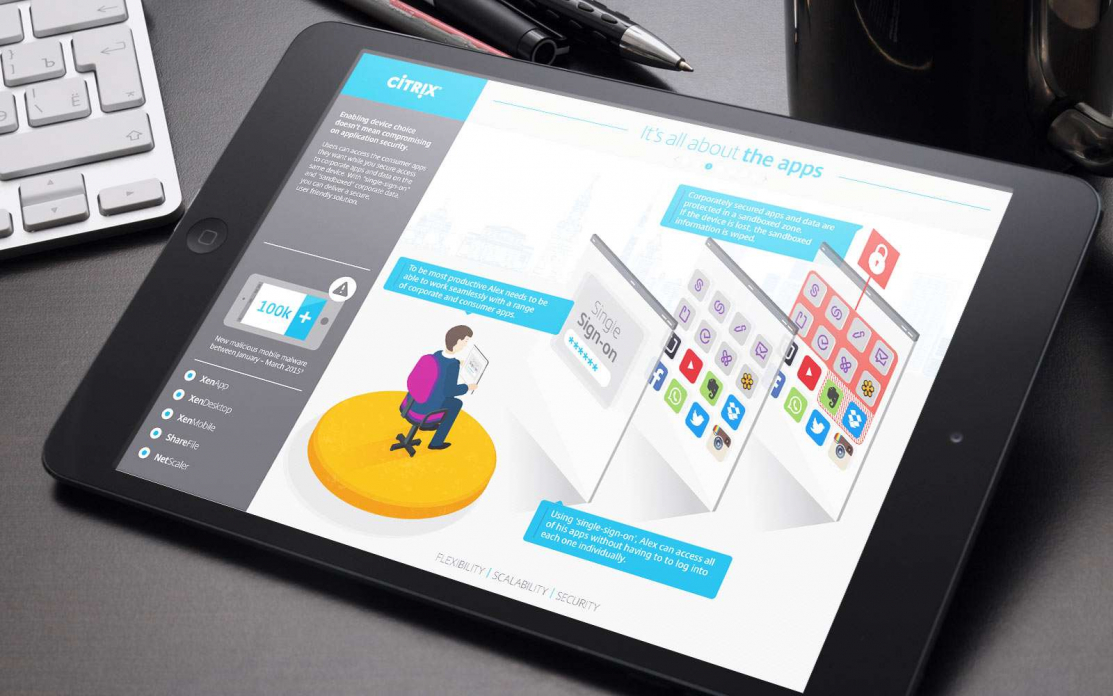
Costly Interactive Sales Presentation Errors to Avoid
Read
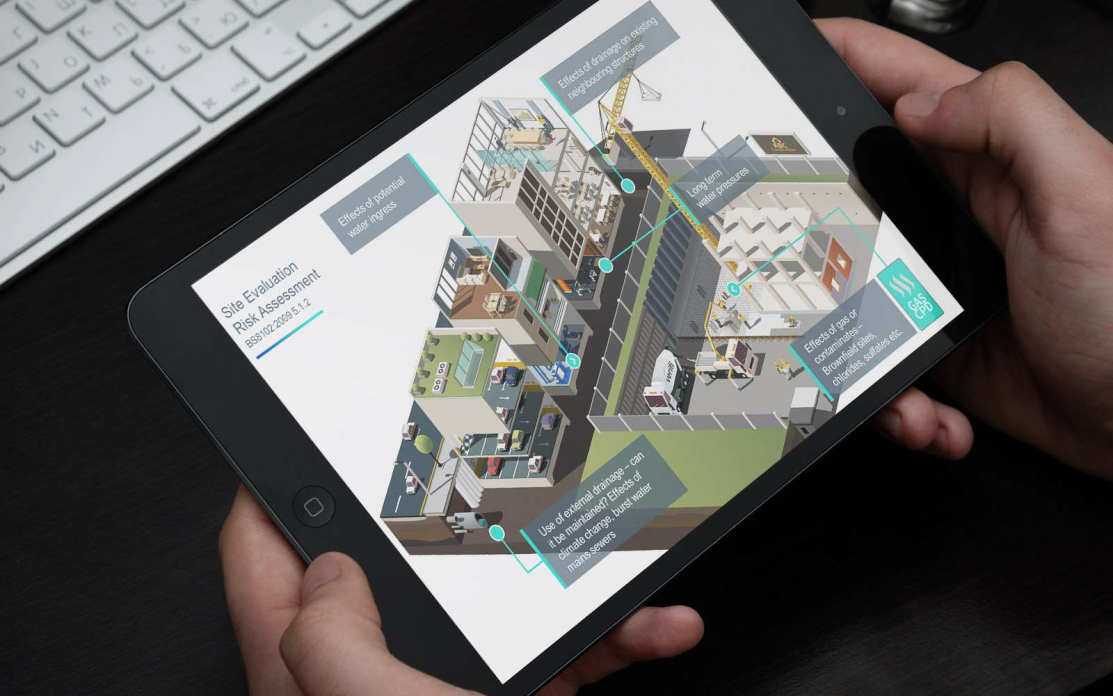
How Much Do Interactive Sales Experiences Cost?
Read
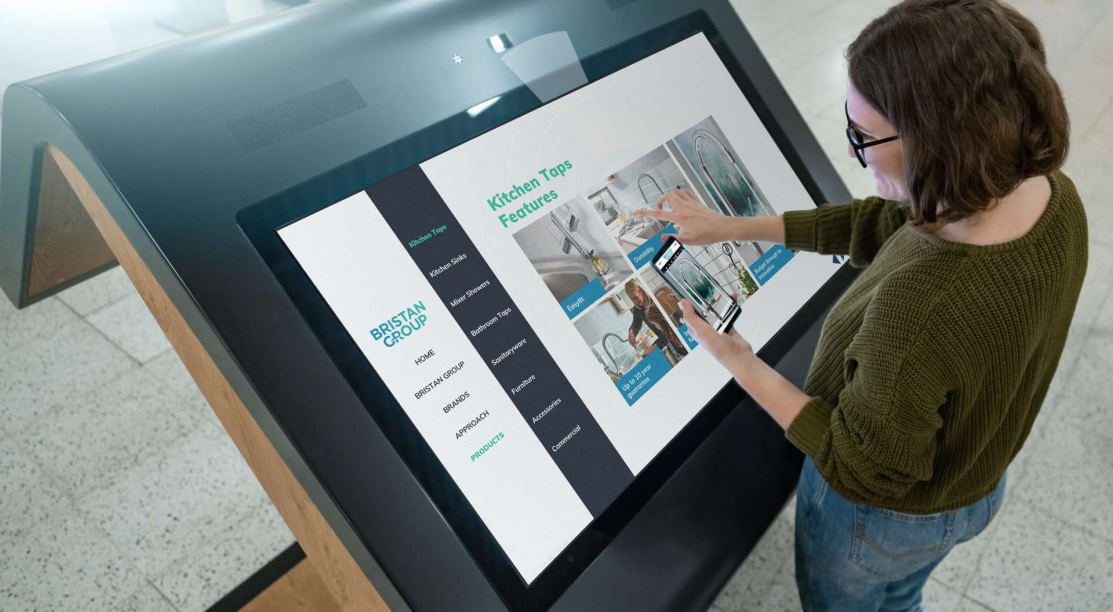
Three Interactive Presentation Rules to Follow
Read